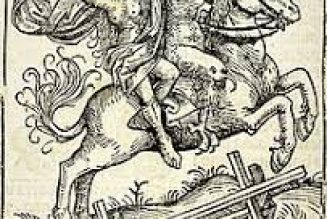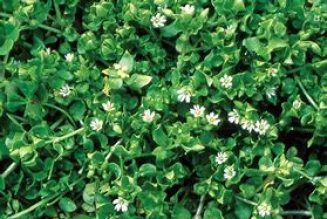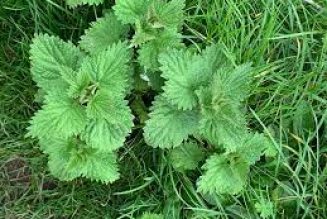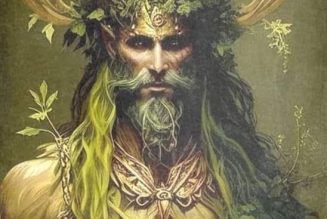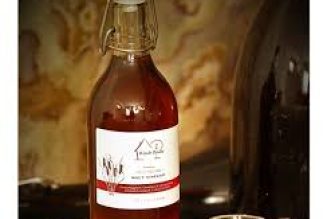The two names “Lammas and Lughnasadh” for the festival points to the fact that it is both a time to celebrate and remember the passing of the god and the year. At Lammas we celebrate the first harvest. Fruits and berries are ripening, seeds are being scattered and the first of the corn is being cut. But the days are noticeably getting shorter: the colours of the countryside are the browns of dry grasses, dotted with mourning purples, whites and blood scarlet poppies. Although the weather may still be hot and the time of year means holidays for many people, the sun is dropping and the year is starting to die.
Where ever you may be living, it may be a nice idea to get outside and view the changes that are taking place. In the countryside hedgerows and tall dry grasses will now be dropping their seeds. The first of the blackberries may be starting to appear ready for consumption. In the parks and towns, you may be able to view the colours of the annual flowers. Seeds will be flying from sycamore trees and rowan berries will be turning red.
At Lammas we may look at the tasks that we set ourselves and the start of the year are coming along. Some of these tasks may be complete and they will make up our first harvest. We may acknowledge that, for the sake of this harvest and also for the sake of the harvest grain all over the world, the god has made a willing sacrifice and the Goddess has willingly let him go.
It may be time for us to think of how great a role the Goddess and Gods play in our lives and give thanks for it all. At Lammas we may make a “Mary Barleycorn” as a symbol of the Goddess, hold her up in our rituals and hang her up in the house. We may count our blessings and pledge to share out gifts as we acknowledge the Gods sacrifices by promising to make a sacrifice of our own for someone in need. Like the wild grasses, we scatter seeds, hoping they will do some good in the world. At the end of this, we may celebrate.

